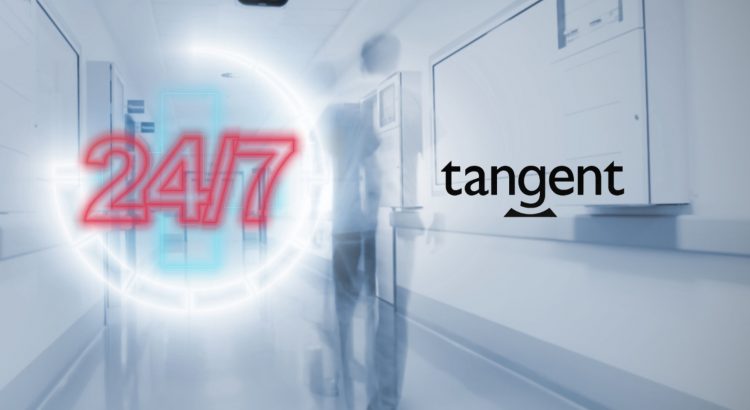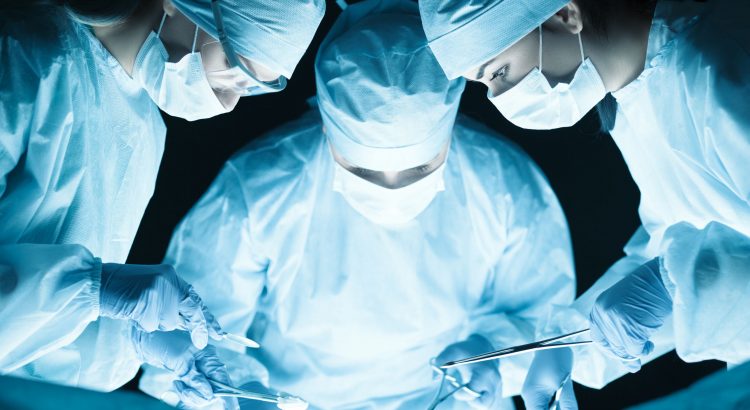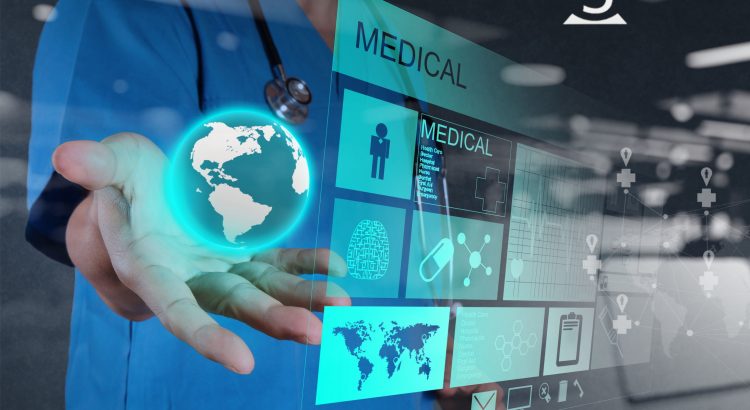Sanitizable Computers Designed For Pop Up And Mobile Clinics Burlingame, CA 3/27/20 – As the world comes together to stave off the coronavirus pandemic, Tangent Computer Inc. has repurposed medical computers in their medical grade computer lineup to be fully usable by pop up and mobile clinics in order to ensure these facilities are fully […]
Category: medical grade computer

What Does “Medical Grade” Mean?
You may see the term “Medical Grade” floated along by many manufacturers these days in your search for proper medical equipment. Everyone, from dentist chair manufacturers to medical grade computer manufacturers, lays claim to the term, implying that their product meets the true definition. While there is no central body that organizes the term “Medical […]

Medical All-In-One PCs for 24/7 Use
As one of the most trusted public services, healthcare facilities have an obligation to serve those in their community. Health emergencies can happen at any time, and as such hospitals are expected to be open 24/7. While medical staff can be shifted so that the hospital is constantly staffed and prepared for emergencies, the same cannot […]

Fanless Medical Computers For Operating Room Use
Of the 27 million surgeries performed every year in the United States, 5% result in a Surgical site infection (SSI). A SSI is labeled as such when an infection occurs within 30 days of surgery or within one year of a foreign object being implanted in the body. While this number may seem low, the […]

Medical Computers For Emergency Room Use
In 2016, U.S. emergency rooms treated 145.6 million Americans for their emergency conditions according to the Center for Disease Control. This number has been steadily rising since the 1990s, and can be expected to continue increasing with each passing year. With such a high demand for emergency services, it is important to keep your hospital’s emergency […]

The Importance Of Antimicrobial Medical PCs
We all like to think of hospitals as places in society where people go to get healthier, and for the most part this is true. However, this is not always the case as hospitals can inadvertently become breeding grounds for harmful diseases. The CDC estimates that each and every day, 1 in 31 hospitals will […]

How To Prevent Critical Electronic Health Records Mistakes
There’s no doubt that medical grade computers have made hospitals safer, more productive environments to treat patients. From their antimicrobial coating which mitigates the growth of nosocomial infection causing bacteria to their robust IP certified water resistance, medical grade computers have made a lasting impact on the quality of care provided to patients. Sadly, […]

Give Your Patients The Face-To-Face Time They Need
Face-To-Face: The Patient’s Preference It almost goes without saying that as social creatures, people love talking to people. But in today’s modern world, machines and automation are taking the human element out of many sectors of the economy, leading people to feel isolated from the institutions they rely upon. Nowhere else is this as pronounced […]

Preventing Infections In A Post-Antibiotic World
The Center for Disease Control And Prevention just released a 2019 AR threats report titled Antibiotic Resistance Threats in the United States, with some startling findings for the calendar year. The report found that 2.8 million antibiotic-resistant infections occur in the U.S. every year, resulting in 35,000 deaths. That’s nearly 1% of the U.S. population […]

You Can’t Stop Clostridioides Difficile In The Hospital, But There Is Hope
If you work in a hospital, you may be familiar with Clostridioides difficile (C. diff), a bacterium strain that causes antibiotic-resistant infections. While the prospect of antibiotic-resistant bacteria, commonly known as “superbugs,” are scary enough on their own, a new study in the journal Antimicrobial Agents and Chemotherapy has given us a new reason to […]
